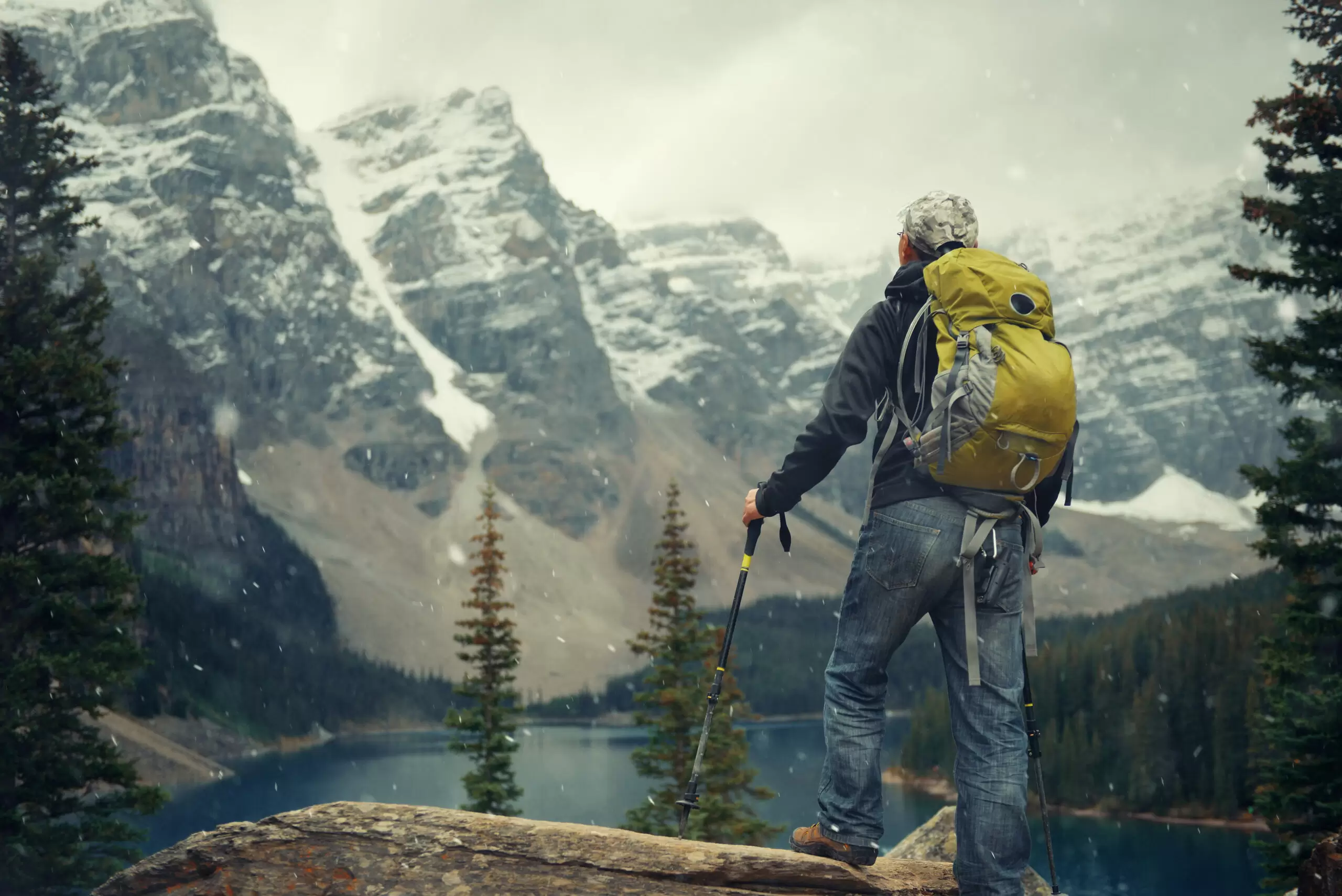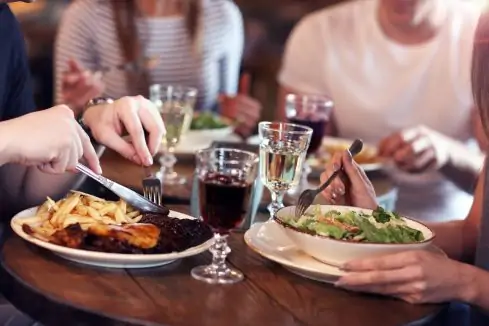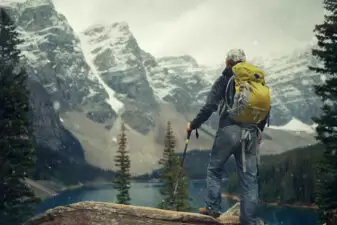
Did you find yourself trapped on a deserted island? You only have your wits and skills to stay alive. If you want to make sure you make it through, don’t fall victim to these survival myths.
Survival tips and tricks have been passed down through generations, but some are only fallacies with no weight in the real world. Here, we debunk 15 survival myths that have persisted but should be avoided during outdoor adventures.
1. Sucking the Venom Out of a Snakebite

In an emergency, believing in certain survival myths can be fatal. For instance, the idea of sucking venom from a snakebite can introduce bacteria to the wound and spread the venom through your mouth.
Instead, keep the bitten area immobilized and seek medical help immediately. You should never place your mouth over the wound to prevent the spread of poison.
2. Drinking Alcohol to Stay Warm

Drinking alcohol when you’re cold might make you feel temporarily warmer. After all, alcohol causes blood to rush to your skin’s surface.
However, tossing back a drink actually decreases your core body temperature and can lead to hypothermia down the road. It’s better to stay warm by using insulated clothing and creating a fire if possible.
3. Eating Snow for Hydration

In 1972, a Uruguayan rugby team survived a plane crash on a mountain. This team resorted to brutal tactics to survive, but one of their less horrific methods was eating snow as a way to stay hydrated.
While snow is water in solid form, eating it to hydrate is not advisable in most situations. If you are going to eat snow, it’s more efficient to melt it down first and ideally warm it up before drinking. If not, you risk lowering your core temperature.
4. If You’re Lost, You Should Walk Downhill
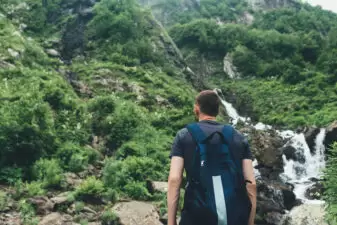
Some survival myths are based on the geography of the world before it was colonized. The advice to walk downhill when lost is based on the assumption that civilizations are located at lower elevations.
In reality, going downhill may lead you to dangerous terrain or further away from rescue points. If you’re lost, stay put and try to get into contact with someone who can help first before journeying out on your own.
5. Playing Dead During a Bear Attack

Almost everyone has heard this survival tip at some point, but it’s actually not always true. Playing dead during a bear attack is only effective when coming across mother grizzly bears defending their cubs.
If you encounter a black bear or a predatory bear, playing dead may not deter an attack. Fight back with anything available, aiming for the face to cause the most damage.
6. Rubbing Frostbitten Skin

Frostbite occurs when the skin, nerves, and blood vessels below the top layer of the skin are exposed to extreme cold. Rubbing these affected areas might seem like a good way to restore warmth and sensation, but it can actually damage your skin and tissues further.
The best approach is to slowly warm the frostbitten areas using warm water or body heat. Do not use anything overly hot since this could cause burns and damage the area even further.
7. Building a Shelter in a Cave
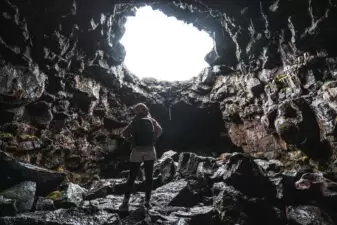
Using a cave as a shelter can seem like a quick solution. However, caves can be home to dangerous animals and can flood during rain. It’s safer to build a shelter outside using natural materials that insulate and protect you from the weather. Create a makeshift tent using the resources around you.
8. Moss Only Grows on the North Side of Trees
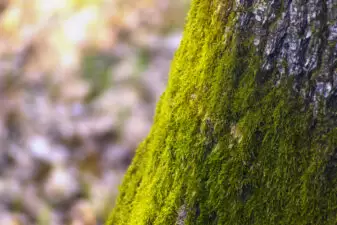
This is one of the most popular survival myths. Moss can grow more abundantly on the north side in northern latitudes, but relying on this navigation method can be unreliable.
In reality, moss grows wherever there is moisture and shade. It’s better to use a compass or GPS device to figure out where you are and to find your way back home.
9. You Can Outrun a Tornado
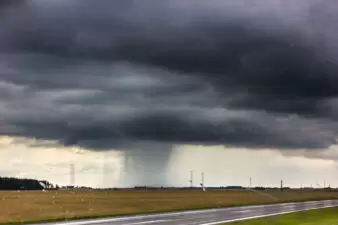
You’re not starring in the movie Twister! It’s never a good idea to try to outrun a tornado, either in your car or on foot.
This survival strategy is extremely risky because tornadoes can change direction quickly and unpredictably. Instead, find a sturdy building or a storm shelter for safety. If you’re outside, look for a low-lying area away from trees and cars.
10. Lean-tos Are Effective Shelters
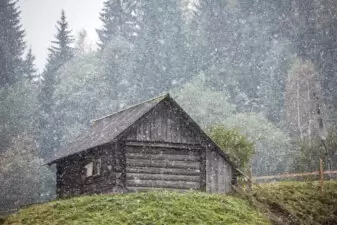
A lean-to is a simple structure that’s frequently used as a shelter. While this type of building might block wind, it’s not as effective against other elements like cold or rain.
If you find the need for shelter, it’s much better to create one that conserves heat and protects from all sides. A debris hut, for instance, is a much safer option.
11. You Can Drink Water from a Cactus
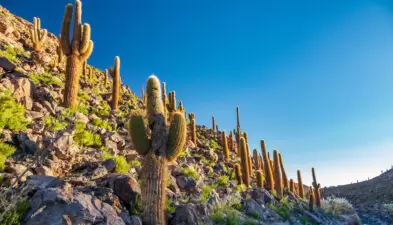
Are you abandoned in the desert? Cactus water may seem promising but don’t be fooled by this survival myth. Not all cactus water is safe to drink. Only specific species, namely the prickly pear, and the fishhook barrel, provide non-toxic water.
12. All Birds Are Safe to Eat

Most birds are technically edible, but some can be toxic without proper preparation. Furthermore, catching birds is often more trouble than it’s worth in a survival situation. It’s better to focus on more reliable food sources. Fishing and hunting are both effective ways to get food when you’re in an emergency.
13. Boiled Water Is Always Safe to Drink
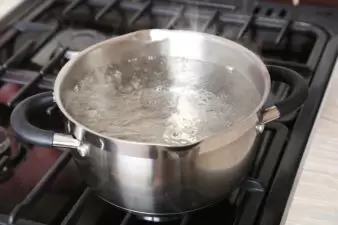
When you’re trying to survive, the first thing you need is access to clean water. Boiling water kills pathogens, but it doesn’t remove chemical pollutants or heavy metals.
In areas where water contamination from chemicals is a risk, you will need to filter and chemically treat the water before consuming it. Do your research of the area ahead of time, just in case you need to know where to find clean water.
14. You Should Find Food Immediately

At some point, you’re definitely going to need food to survive. However, you don’t need to find food right away. Most humans can survive weeks without food but only days without water. Prioritize finding water and a safe shelter over food when you’re in a survival situation.
15. The Fluid from Fish Eyes Can Provide Necessary Hydration

Hydration should always be top of mind when you’re in a survival situation. Don’t believe the myth that drinking fluid from fish eyes helps keep you hydrated. This is not only gross but can also introduce your body to harmful bacteria. It’s more practical and safer to focus on finding fresh water.
Ignore the Survival Myths
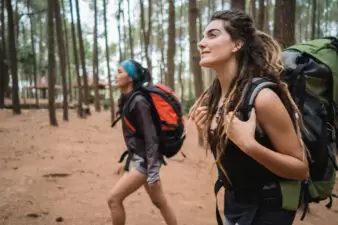
You may be thinking that you’ll never find yourself in a situation where you need to survive. Remember, it’s always better to be overprepared and ready for anything.
If you’re traveling, do your research of the area ahead of time so you know what to do in case of an emergency. Ignore these survival myths because a well-informed, calm mind is much more effective at getting you out of a crisis.
Read More:
10 Stunning Destinations With Hidden Dangers You Need to Know About Before
America’s Deadly Secrets: Uncovering the 8 Most Dangerous Locations Across the States

Alyssa Serio has been a writer and editor since graduating from Aurora University in 2014. In her free time, she loves reading, playing volleyball, and watching any horror movie (even the bad ones) with her husband.

